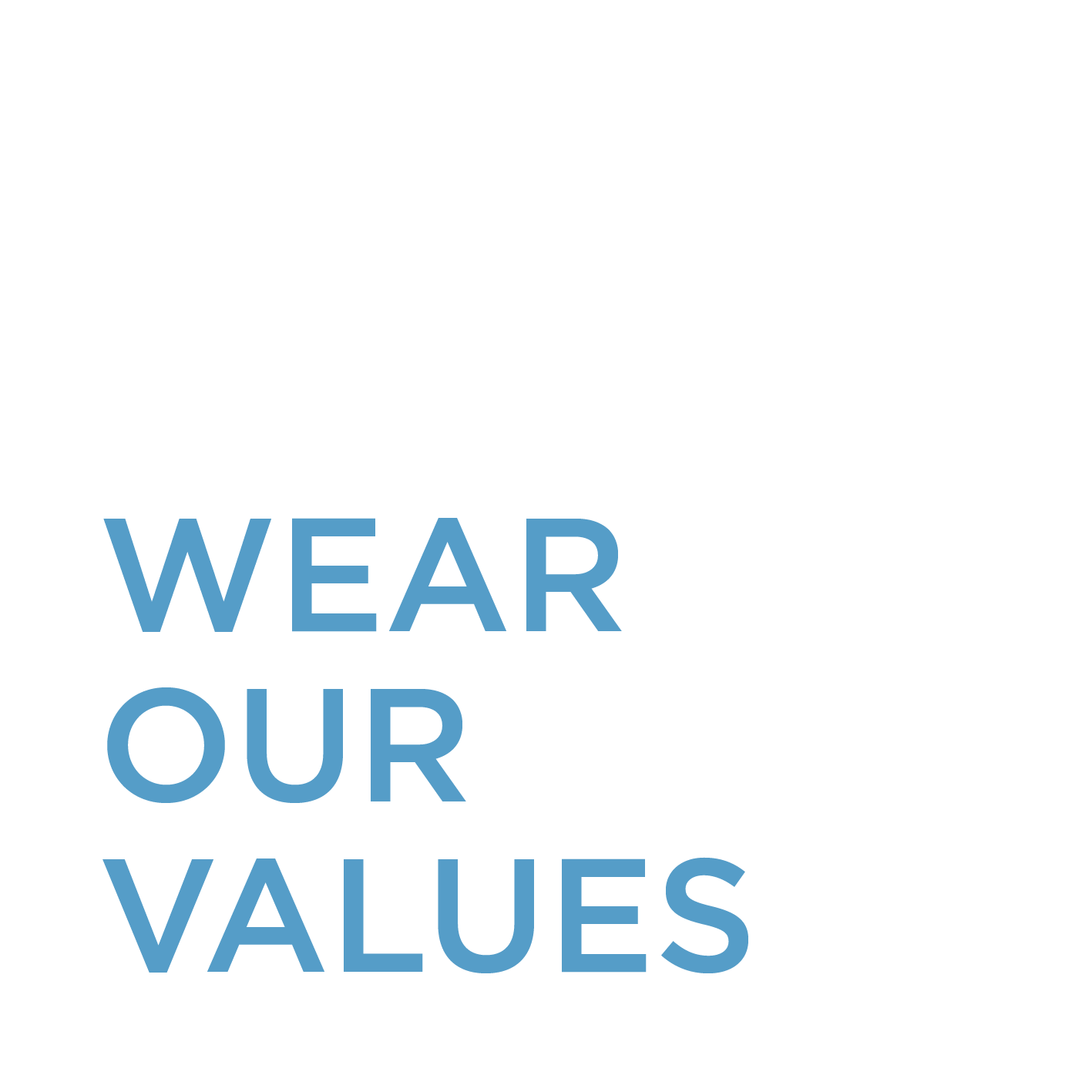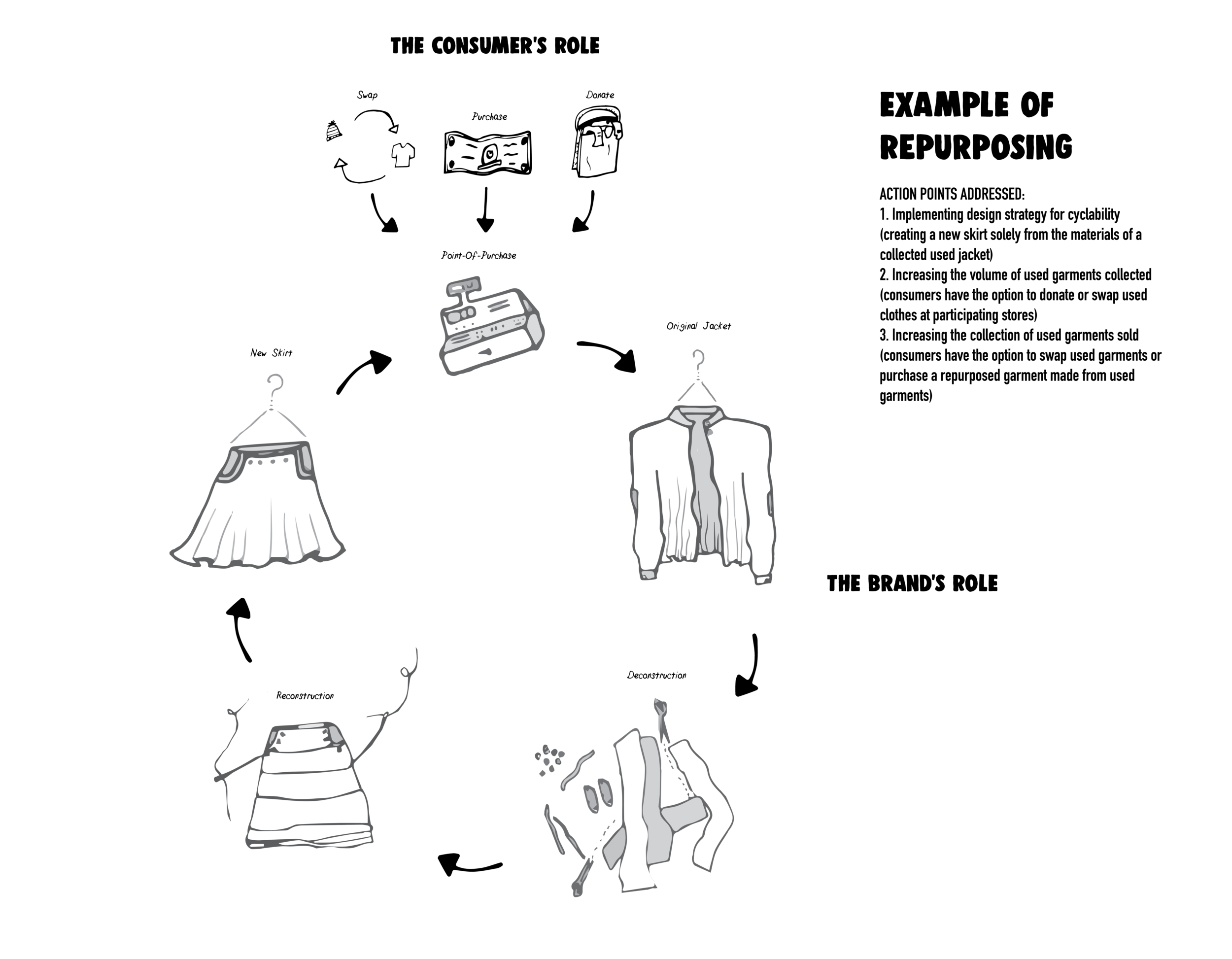Circular fashion Systems
CIRCULAR FASHION: CLOTHES, SHOES OR ACCESSORIES THAT ARE DESIGNED, SOURCED, PRODUCED, AND PROVIDED WITH THE INTENTION TO BE USED AND CIRCULATE RESPONSIBLY AND EFFECTIVELY IN SOCIETY FOR AS LONG AS POSSIBLE IN THEIR MOST VALUABLE FORM, AND HEREAFTER RETURN SAFELY TO THE BIOSPHERE WHEN NO LONGER OF HUMAN USE
Global Fashion Agenda has invited global fashion brands and retailers to accelerate the adoption of circular fashion within the fashion industry with the 2020 Circular Fashion System Commitment. A pledge for the industry to set targets by 2020 to transition towards circular fashion systems designing, sourcing, and producing garments (and shoes) ethically and sustainably with the intent of recirculating all the resources gone into making the garment for as long as possible.
After the Copenhagen Fashion Summit in 2017, a total of 93 companies, representing 207 brands (12% of the global fashion market) have pledged to transition to a circular fashion system to date.
Dhana Inc. is proud to announce we have pledged to adopt all four action points to implement by 2020 and will be offering a used garment collection location in the Bay Area by August 2018 (continue below to learn about action points).



